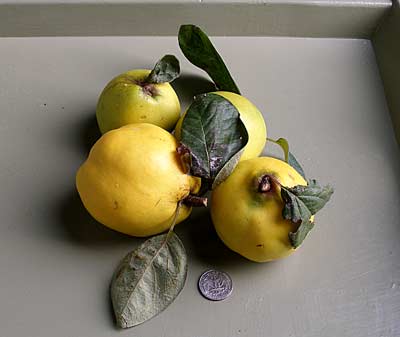
A quince is a sour, pear-shaped fruit favoured for its perfume and pink colour. It is used in jams (US: jellies) and jellies (US: jellos), preserves and relishes, compotes and sherbets as well as in stews and sauces. It may also be poached. Quince paste is also often poured into moulds and turned out when it has set. This makes a great condiment to serve with cheeses.
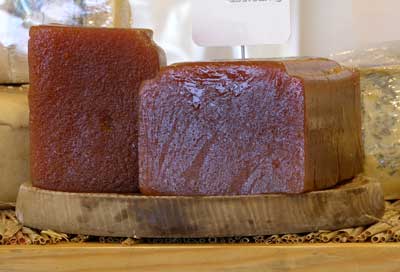
Quince cheese or membrillo is a thick quince paste rather of the consistency of Turkish delight. What the Spanish call membillo, this is served with cheese or cut into squares and served as a sweet.
Chinook, also known as Quinnat salmon, is the largest of the Pacific salmon, with the most intense flavour. The flesh has large flakes and high oil content. Coho is smaller and has paler flesh. Sockeye, also known as king salmon, has a four year life-cycle which contributes to the meatiness of its flesh, which is dense and velvety and turns deep red before spawning. It is considered good for tinning purposes. Pink is leaner and milder in flavour and is the favoured salmon in the United States.
Low-bush blueberry. The cultivated varieties of blueberry growing, not surprisingly, on low bushes growing nor much more than 30 cm (1 ft) in height. The high-bush are the blueberries most commonly seen. The rabbit-eye or low-bush varieties are wild varieties producing smaller fruit. These grow in the north of the United States up into Canada.
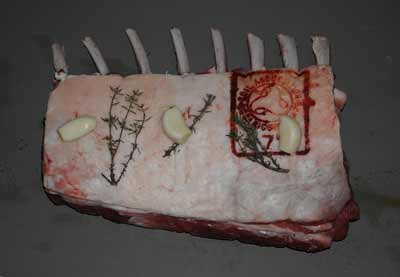
The rack of lamb is an introduction from Continental Europe and not a traditional British cut. It is one side of a best-end of lamb, usually with seven rib or cutlet bones exposed from the meat. Two iracks facing one another and interlocking are called a guard of honour and, when tied together to form a circle, they are known as a crown'.
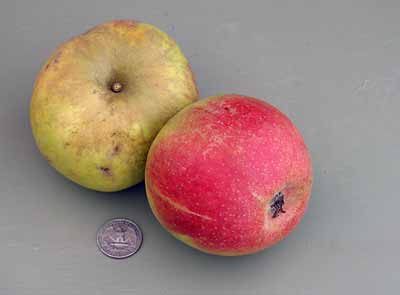
A variety of eating apple, green russeted with red flush, probably raised by Pearson & Sons of Chilwell in Nottinghamshire some time before 1883. This mid-season variety is harvested from early September in South-East England and is at its best from September to November. This was popular in Cambridgeshire in the 1930s.
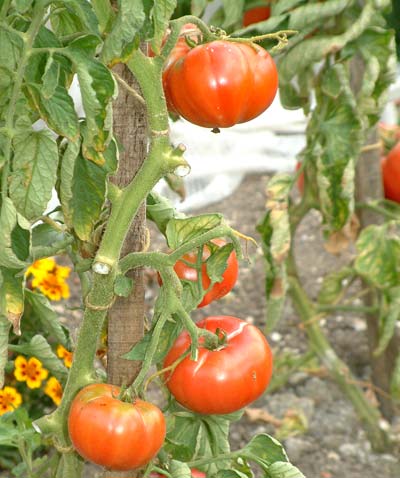
Mortgage Lifter. A variety of indeterminate heirloom tomato developed in 1930s by MC Byles, "Radiator Charlie". His nickname derives from the radiator repair shop he opened at the foot of a steep hill as overheated trucks invariably found their way to him. The huge beefsteak tomato he developed proved so popular that he paid off his mortgage within six years, charging a dollar apiece. These pinkish-red fruits, weighing from 225-5500g (8 oz - 3 lb) have great flavour, meat flesh and few seeds, appear late in the season.